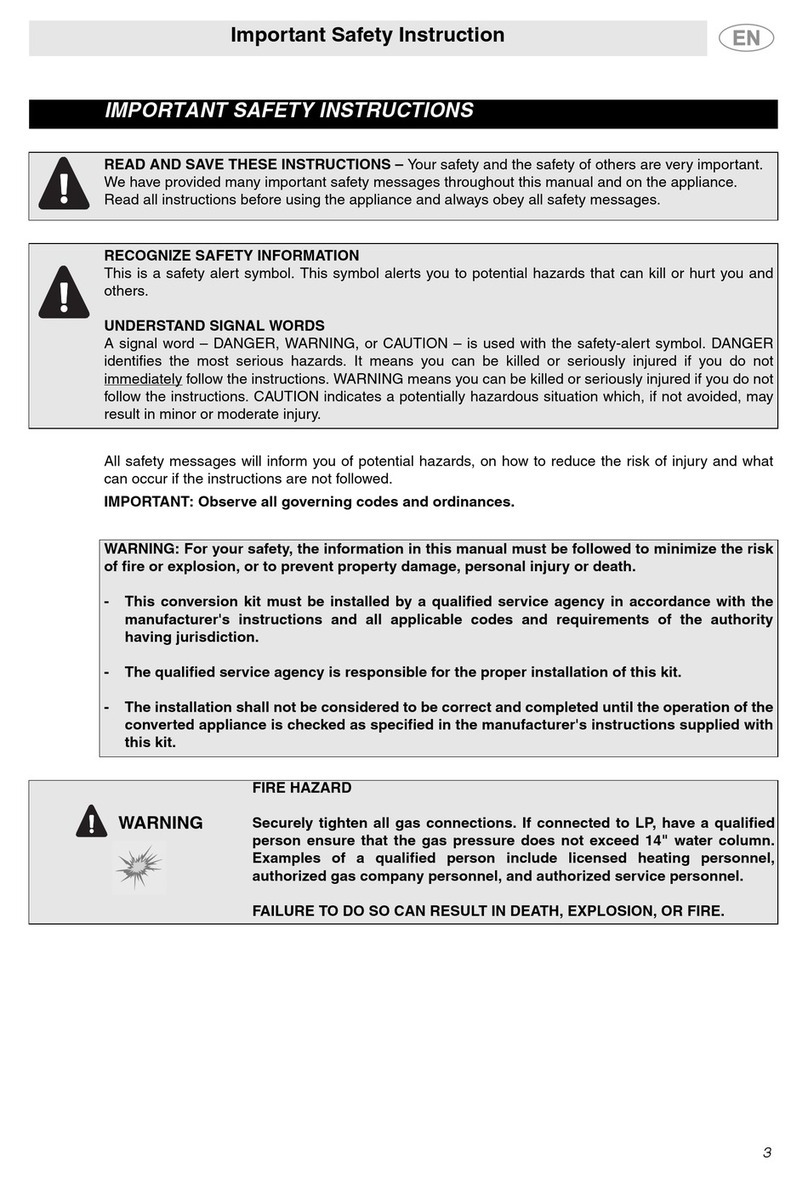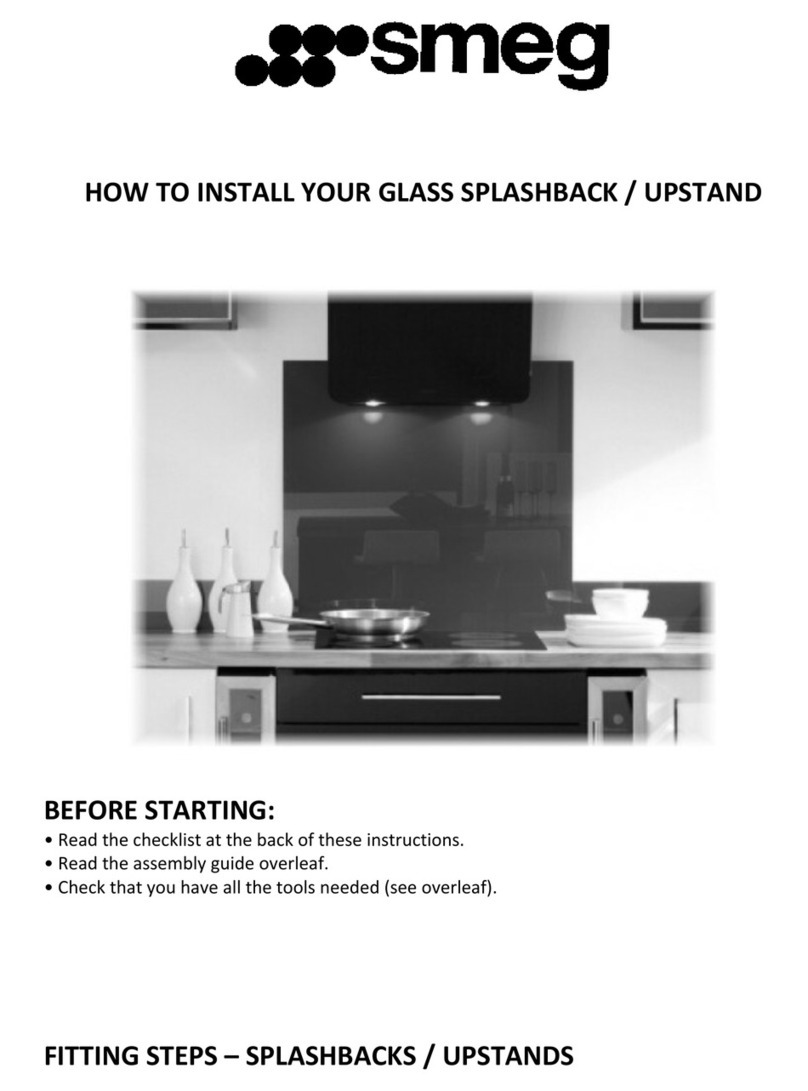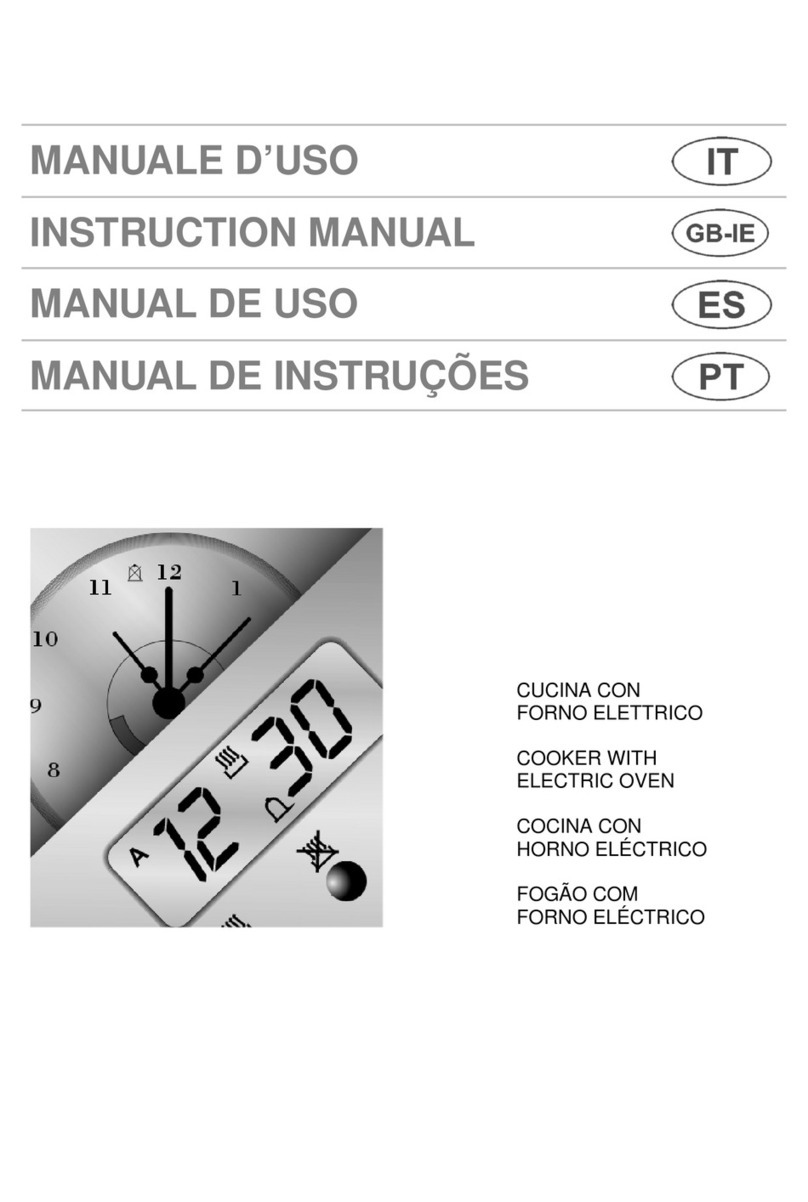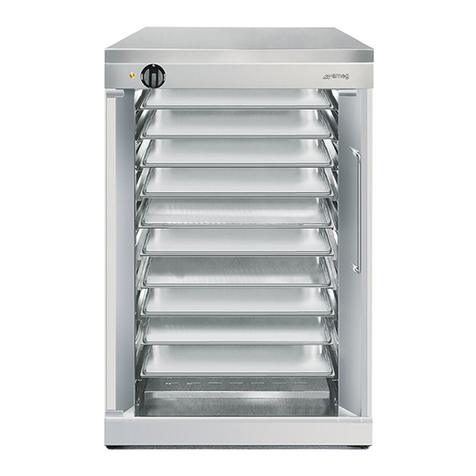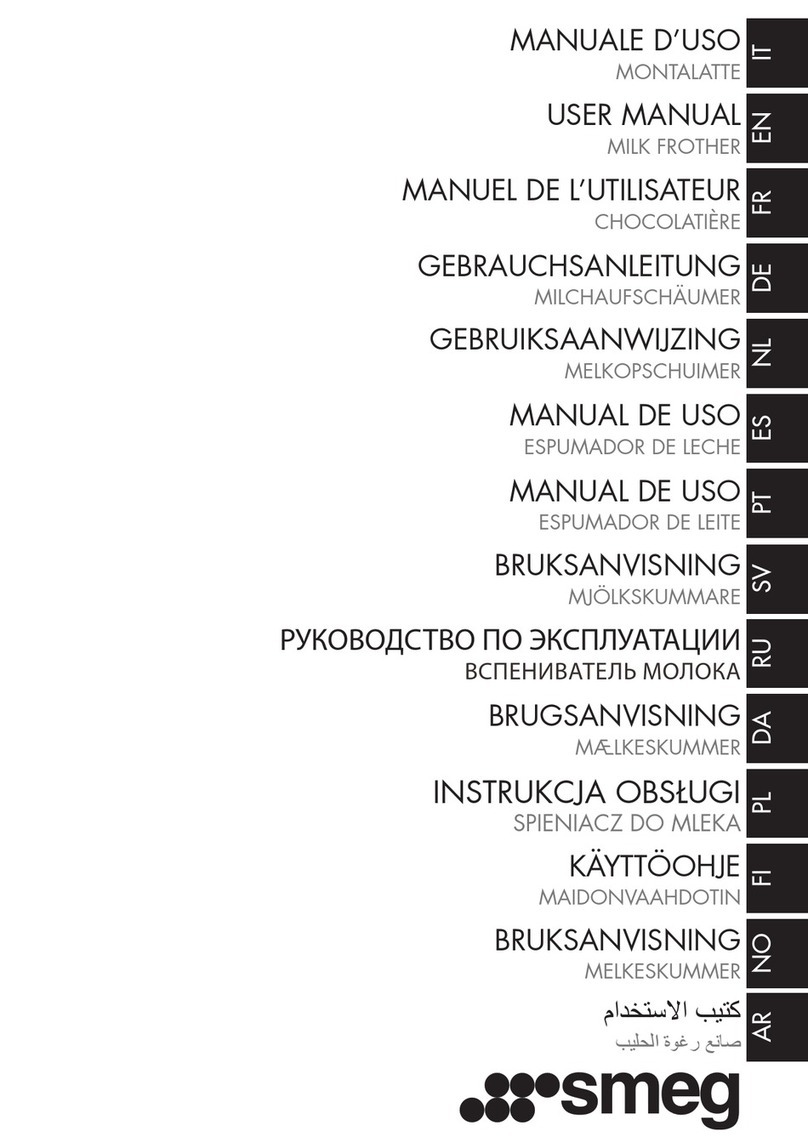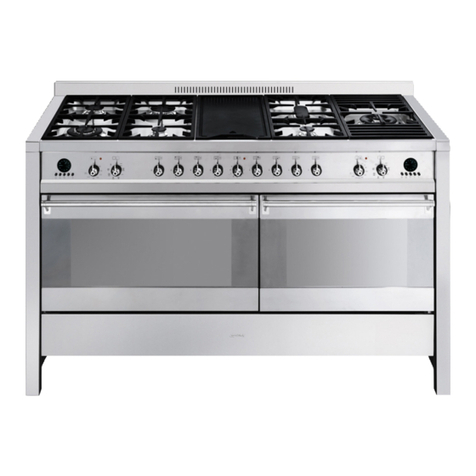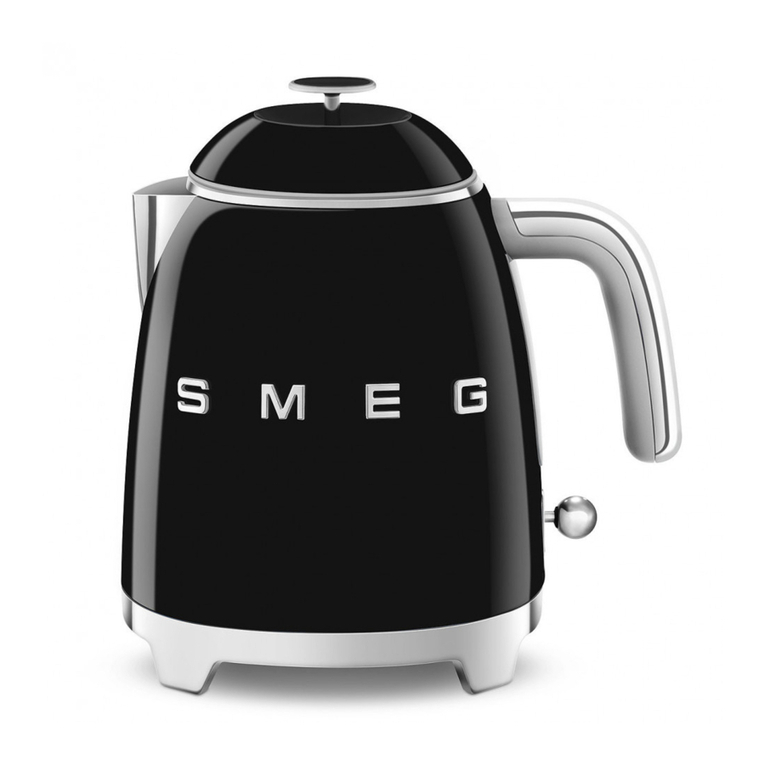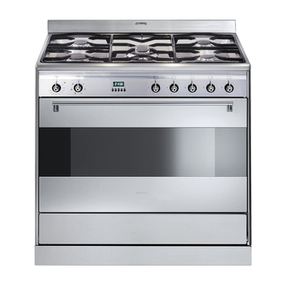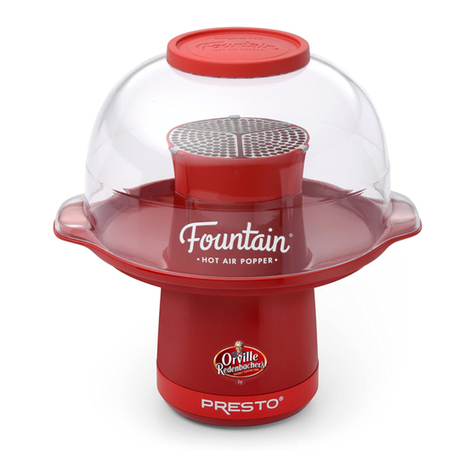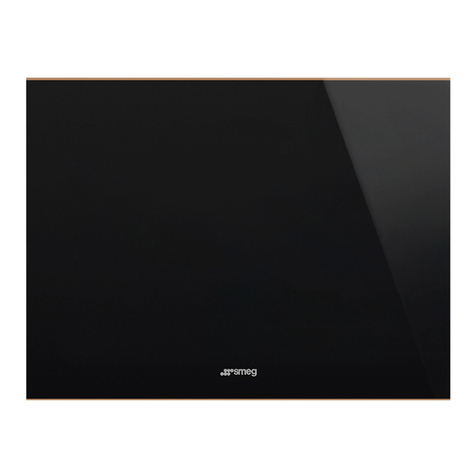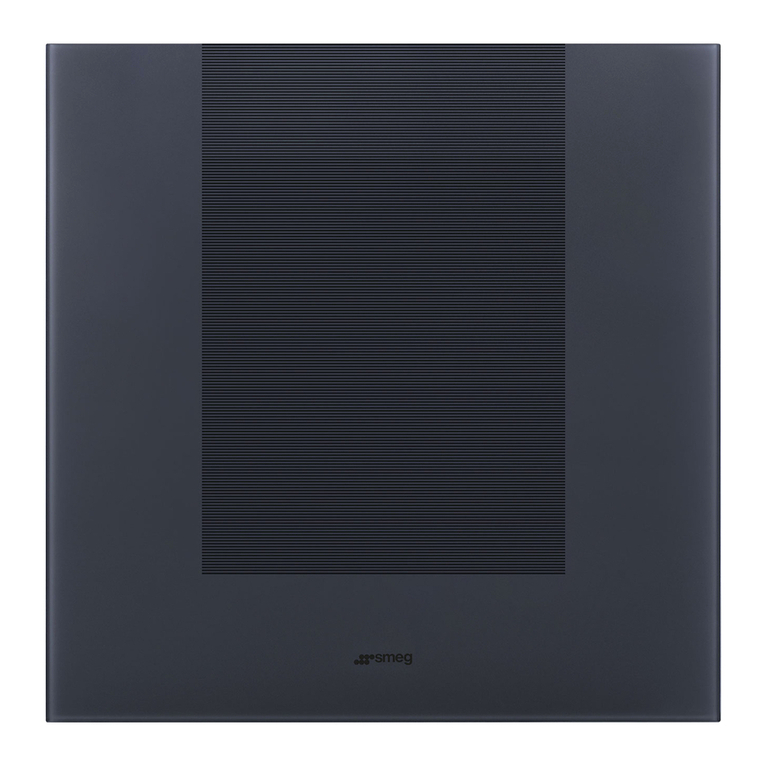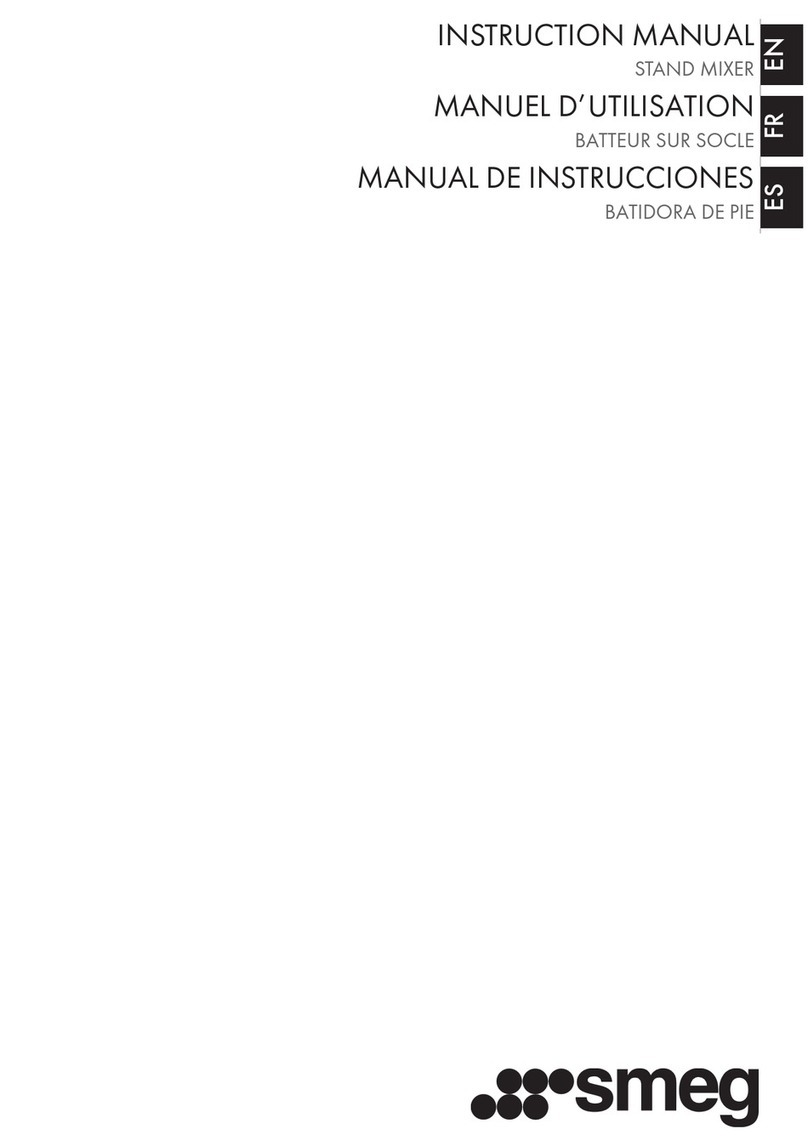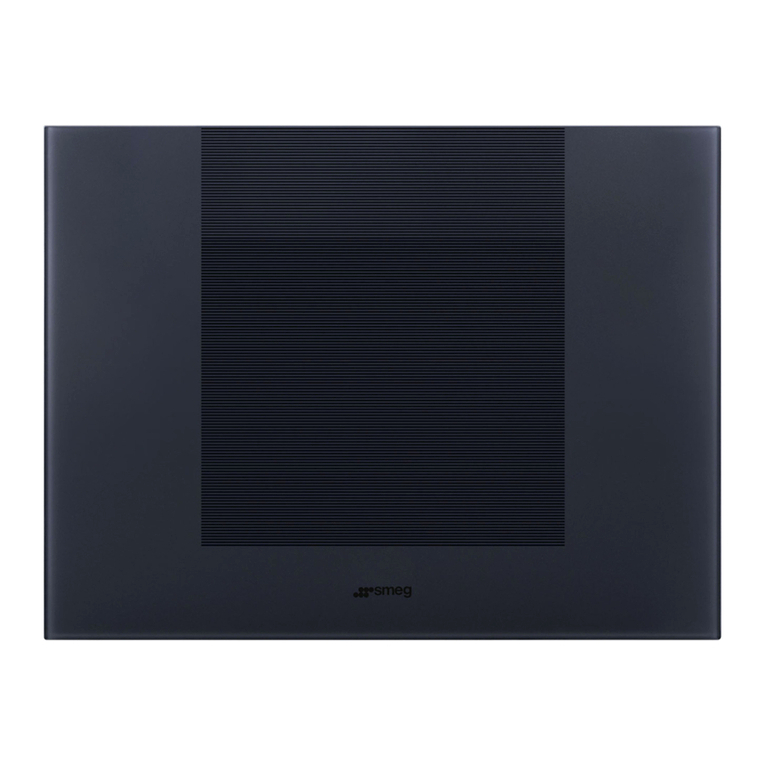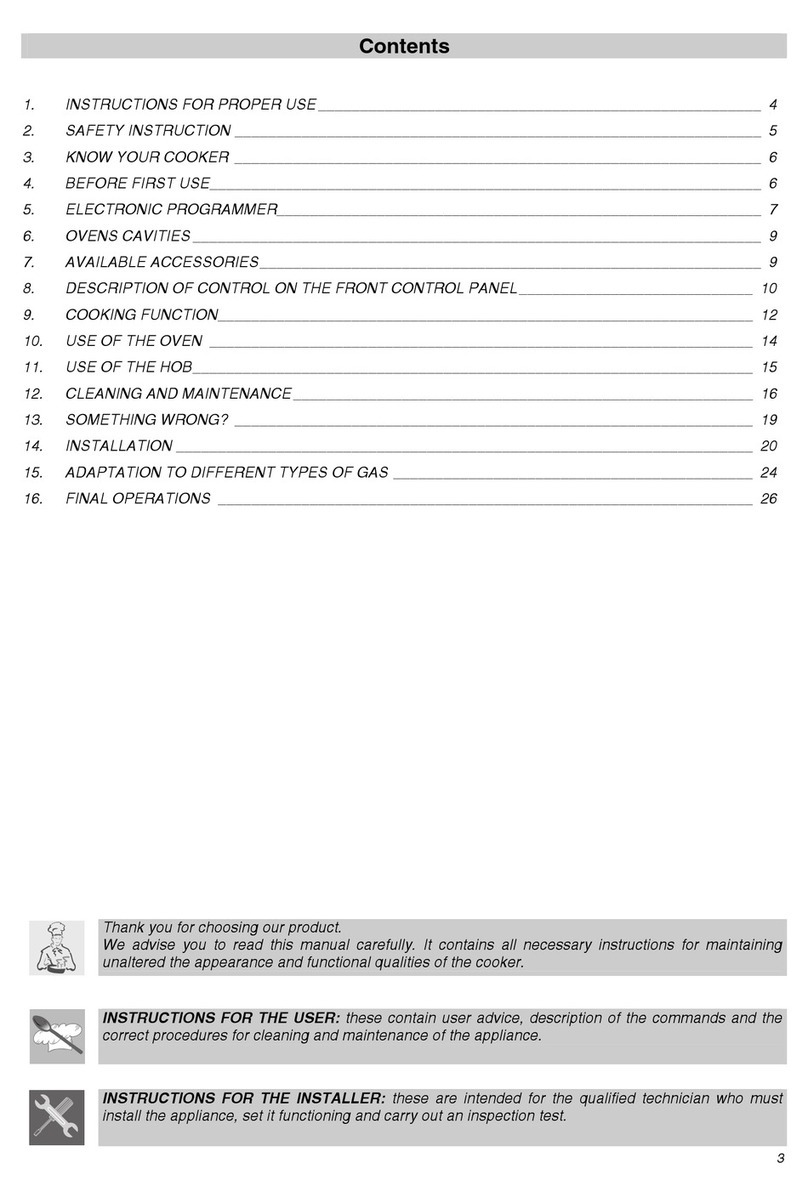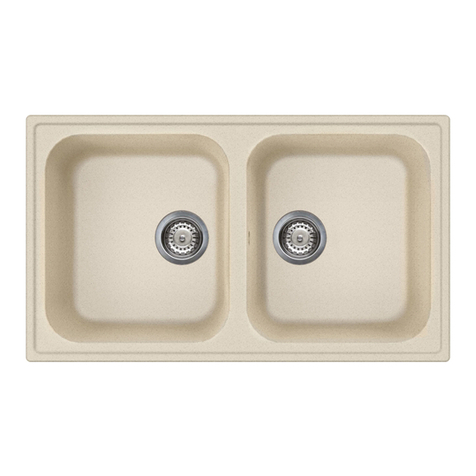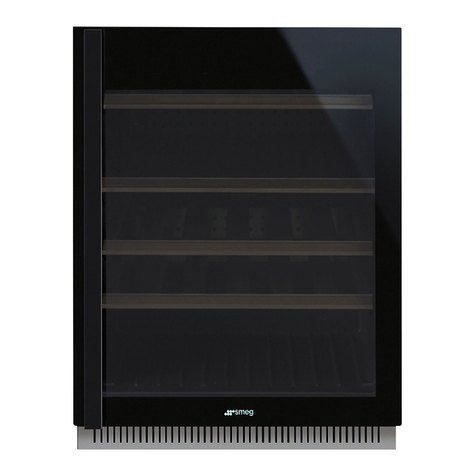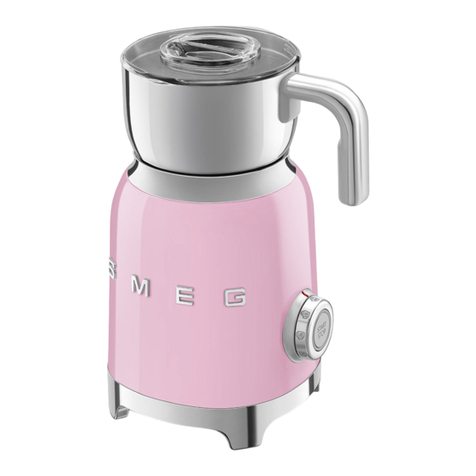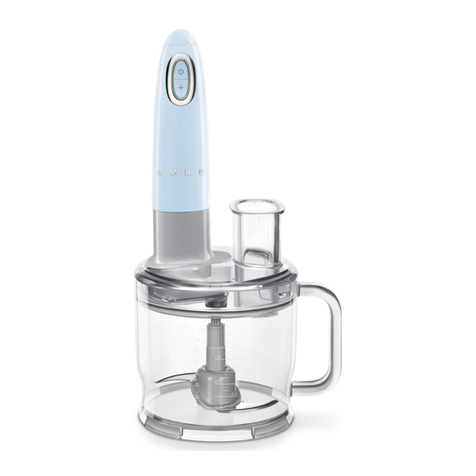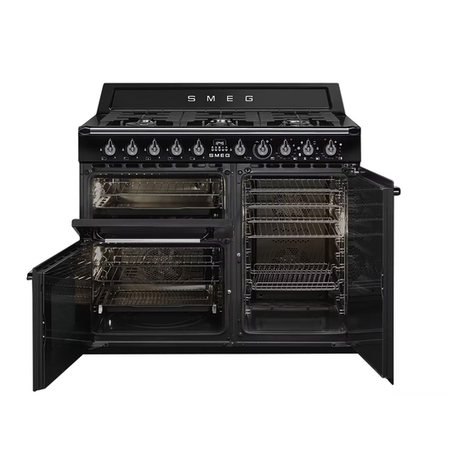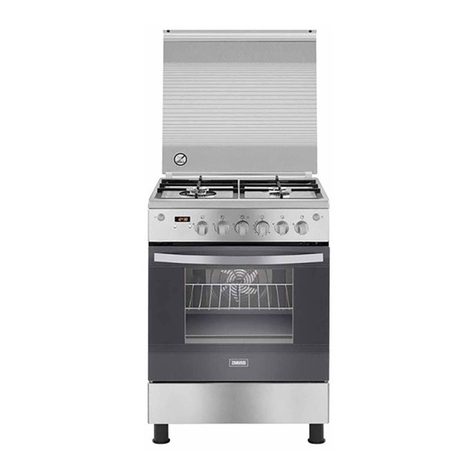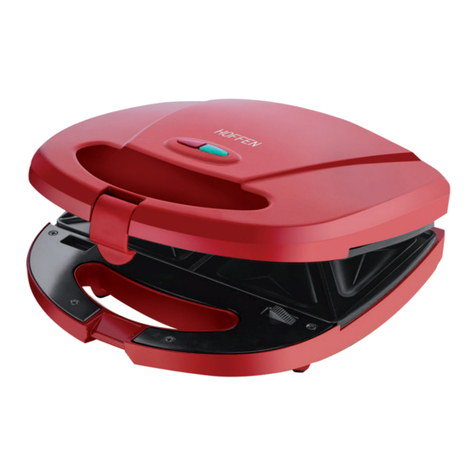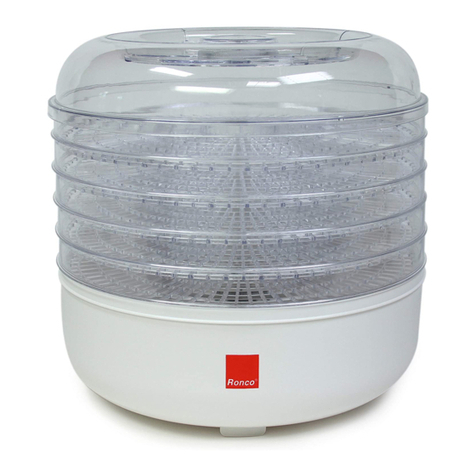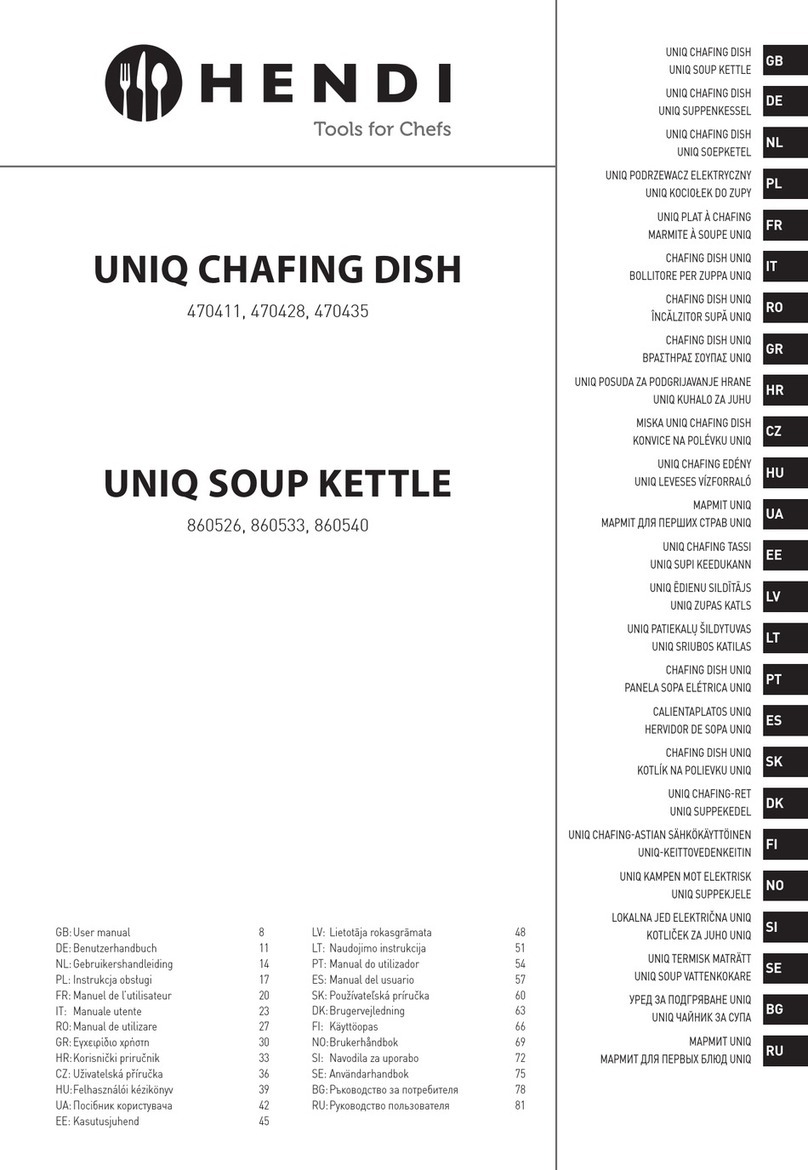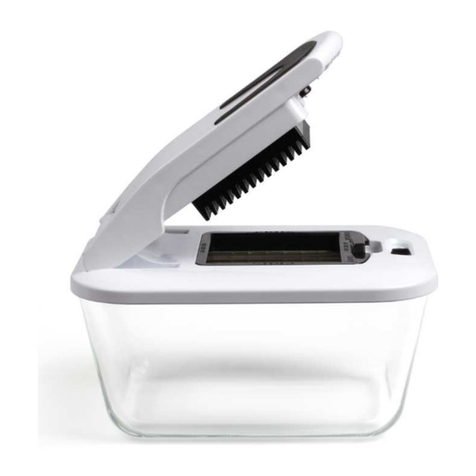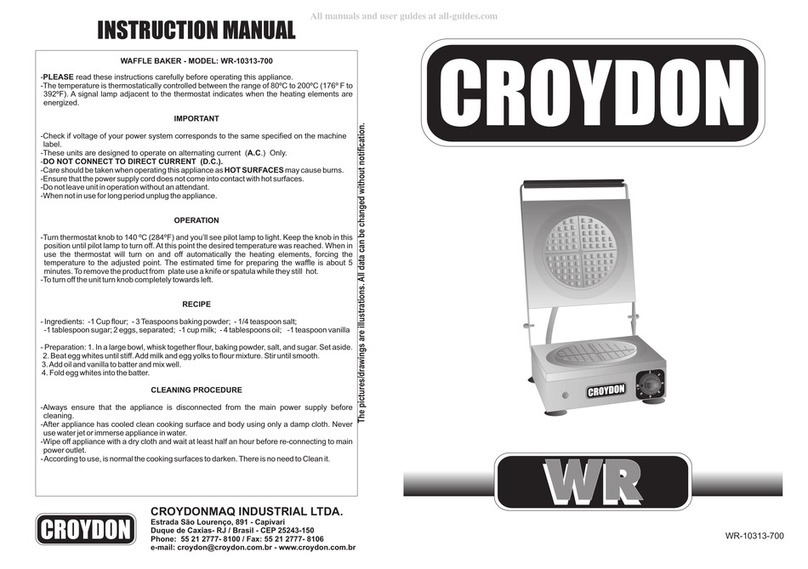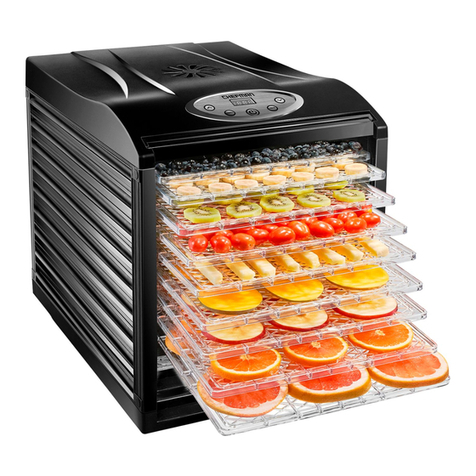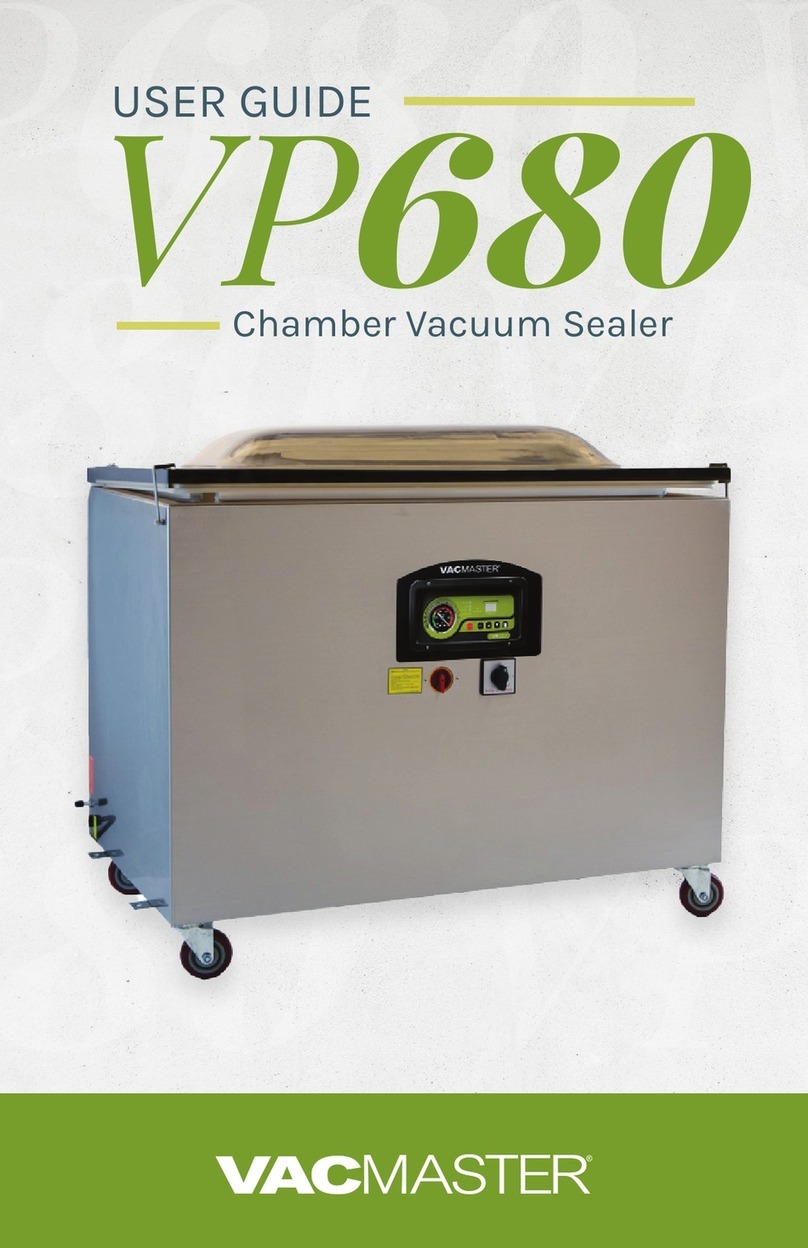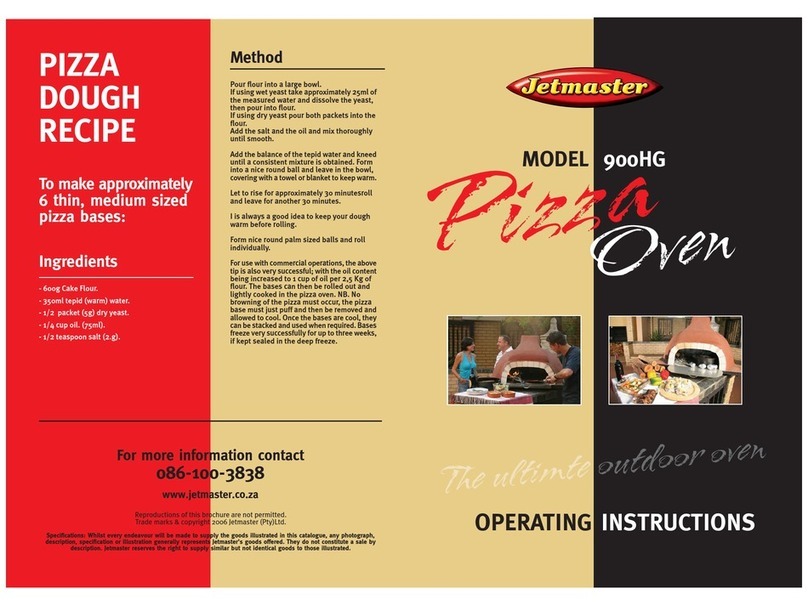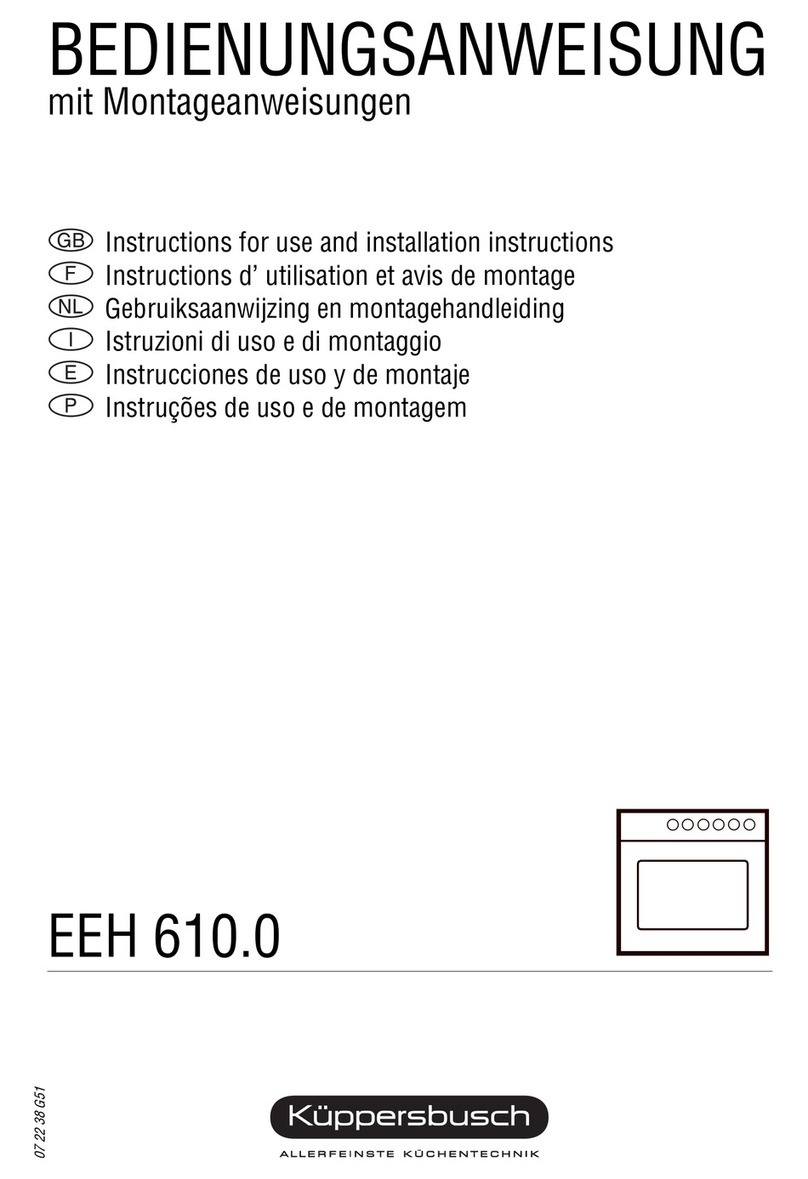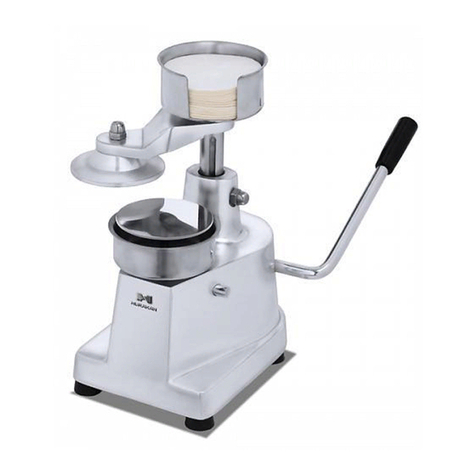Contents
1. PRECAUTIONS FOR USE ................................................................................................... 24
2. RECYCLING INSTRUCTIONS - OUR ENVIRONMENT POLICY ........................................ 25
3. SAFETY PRECAUTIONS ..................................................................................................... 26
4. INTENDED USE ................................................................................................................... 26
5. INSTALLING THE APPLIANCE ........................................................................................... 27
5.1. Electrical connection ................................................................................................................................... 27
5.2. Mounting the rear skirtboard ....................................................................................................................... 28
5.3. Positioning and levelling the appliance (on some models only) .................................................................. 28
6. GETTING TO KNOW YOUR COOKER ............................................................................... 29
6.1. General description ..................................................................................................................................... 29
7. DESCRIPTION OF THE CONTROLS ON THE FRONT PANEL ......................................... 30
8. USING THE COOKING HOB ............................................................................................... 32
8.1. Cooking zones ............................................................................................................................................ 32
8.2. Heating accelerator ..................................................................................................................................... 32
8.3. Power Function ........................................................................................................................................... 32
8.4. Operating power settings ............................................................................................................................ 33
8.5. Cookware .................................................................................................................................................... 33
9. USING THE OVEN ...............................................................................................................36
9.1. Warnings and general advice ..................................................................................................................... 36
9.2. Using the electric grill .................................................................................................................................. 36
9.3. Using the grill (static and multifunction oven) .............................................................................................. 37
9.4. USING THE ROTISSERIE ROD (when present) ....................................................................................... 37
10. ELECTRONIC PROGRAMMER ......................................................................................... 38
10.1.Setting the time ........................................................................................................................................... 38
10.2.Semi-automatic cooking .............................................................................................................................. 38
10.3.Automatic cooking ....................................................................................................................................... 38
10.4.End of cooking ............................................................................................................................................ 39
10.5.Timer ........................................................................................................................................................... 39
10.6.Adjusting the buzzer volume ....................................................................................................................... 39
10.7.Stopping the buzzer .................................................................................................................................... 39
10.8.Deleting the set data ................................................................................................................................... 39
10.9.Modifying the set data ................................................................................................................................. 39
11. AVAILABLE ACCESSORIES .............................................................................................. 40
12. CLEANING AND MAINTENANCE ...................................................................................... 41
12.1.Cleaning stainless steel .............................................................................................................................. 41
12.2.Ordinary daily cleaning ............................................................................................................................... 41
12.3.Food stains or residues ............................................................................................................................... 41
12.4.Cleaning the oven ....................................................................................................................................... 41
12.5.Cleaning the door glazing ........................................................................................................................... 41
13. EXTRAORDINARY MAINTENANCE ................................................................................... 42
13.1.Changing the light bulb ............................................................................................................................... 42
13.2.Removing the door ...................................................................................................................................... 42
13.3.Removing the door seal .............................................................................................................................. 42
INSTRUCTIONS FOR THE USER: these contain user advice, description of the commands and
the correct procedures for cleaning and maintenance of the appliance.
INSTRUCTIONS FOR THE INSTALLER: these instructions are intended for the qualified
technician who must perform the installation, put it into operation and test the appliance.
23

